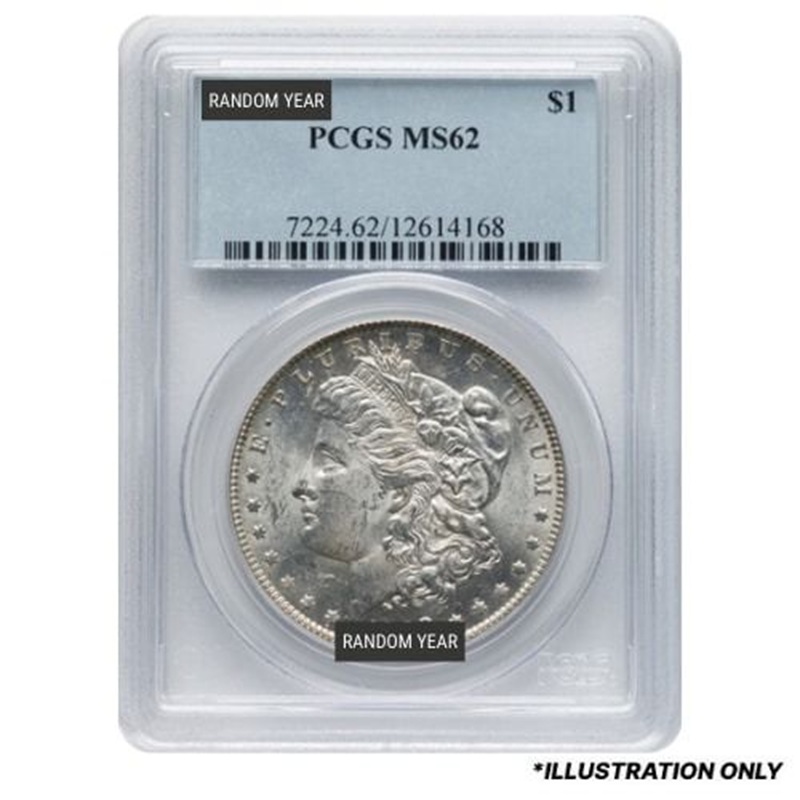1965-1970 Kennedy Half Dollar Melt Value
Determining the current price of silver coins is a straightforward process once you know the silver content of the coin and the current market price, often referred to as the silver spot price.
US Mint Silver Coin Melt Values
| Description | Face Value | ASW | Melt Value | Per $1 Face | Per Bankroll | |
|---|---|---|---|---|---|---|
| 40% Kennedy Half Dollar | 1965-1970 Kennedy Half Dollar | $0.50 | 0.147893 | $9.93 | $19.87 | $198.68 |
1965-1970 Kennedy Half Dollar
The 1965-1970 Kennedy Half Dollar is notable for being the last U.S. half-dollar series to contain Silver, albeit in reduced amounts compared to previous years. Unlike the 90% silver Kennedy Half Dollars issued in 1964, the coins minted from 1965 to 1970 have a 40% silver composition, making them valuable to both collectors and silver investors.
Specifications and Value
- Silver Content: 40% silver, 60% copper
- Weight: 11.5 grams
- Silver Content: Approximately 0.1479 troy ounces of pure Silver
These coins are valued based on their silver content, as they contain 40% silver. To calculate the value, you would use the formula:
For example, if the current price of Silver is $34 per troy ounce, the silver content alone would be worth approximately.
While none of the coins from this period are extremely rare, 1965-1967 SMS coins in high-grade conditions with cameo or deep cameo features can carry a premium due to their scarcity in top grades.
The 1970-D Kennedy Half Dollar is notable for its low mintage. This coin was only available in U.S. Mint sets and was not issued for general circulation, making it more valuable than other dates in the series.
Mint Marks
- 1965-1967: No mint marks on circulation coins or SMS coins.
- 1968-1970: Denver (D) minted coins for circulation and proof coins in San Francisco (S).
Special Mint Sets and Proof Coins
From 1965 to 1967, the U.S. Mint did not issue traditional silver proof sets. Instead, it released Special Mint Sets (SMS), which included Kennedy Half Dollars with enhanced strike quality compared to regular circulation coins, though not as high as proof coins.
Beginning in 1968, the U.S. Mint resumed issuing proof sets, and the Kennedy Half Dollar was included in these sets. Proofs were minted at the San Francisco Mint (S) and featured the "S" mint mark.
Numismatic Value
While circulated coins are worth melt value, certain factors can some numismatic value
NGC or PGCS coins graded MS66 or higher or SMS with a cameo or deep cameo appearance can command a premium are more valuable.
The 1970-D Kennedy Half Dollar, a low-minted coin, is the most valuable in this series.
The 1965-1970 Kennedy Half Dollars are a great option for both silver investors and collectors. The 1970-D and Proof (S) coins from 1968 to 1970 are more valuable and sought after by collectors, while the earlier SMS coins (1965-1967) can also be valuable if in top condition. Most of the coins from this period derive their value from their silver content, though higher-grade examples or rare variants can command premiums.
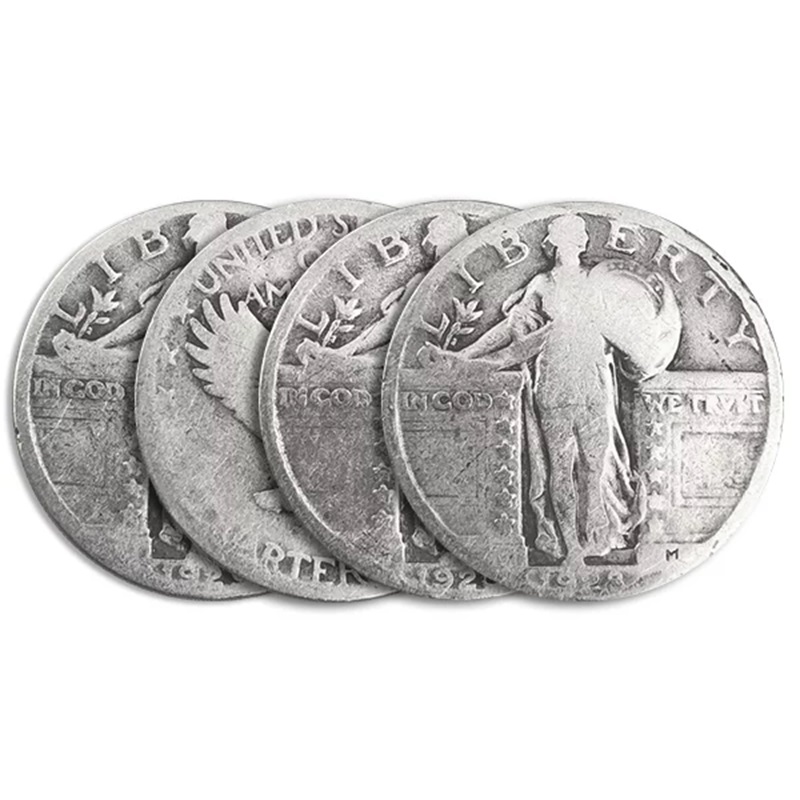
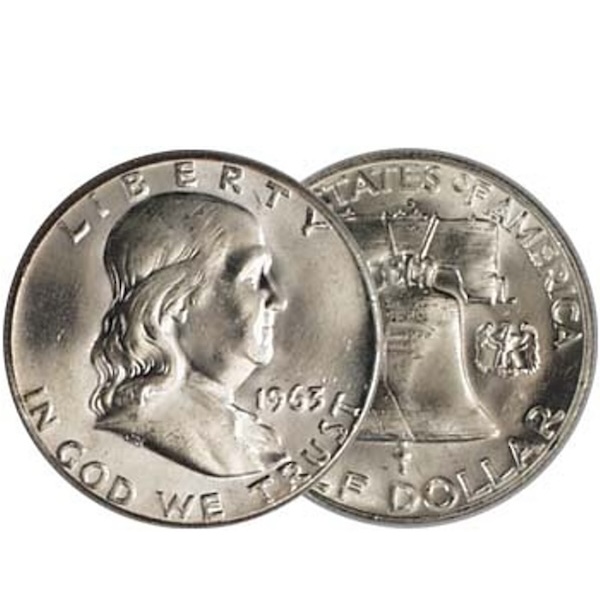

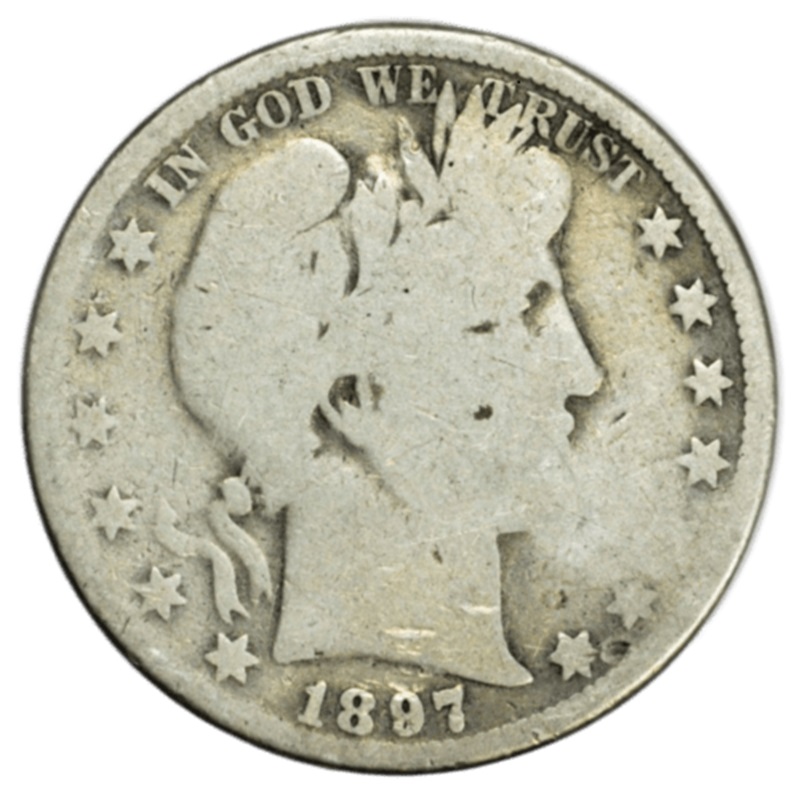
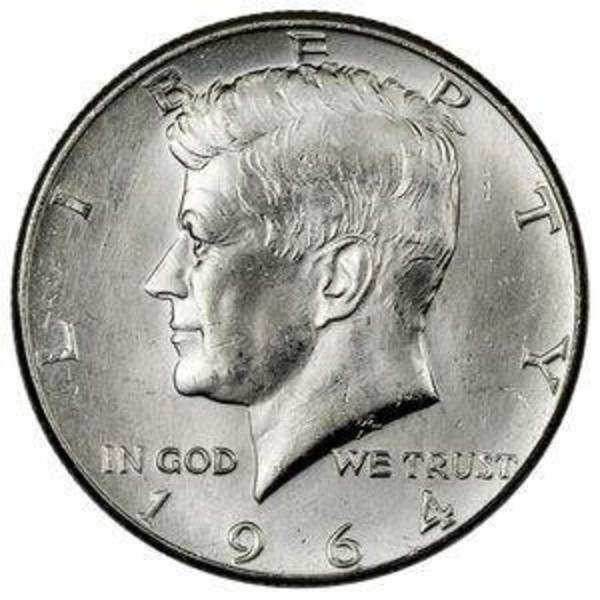
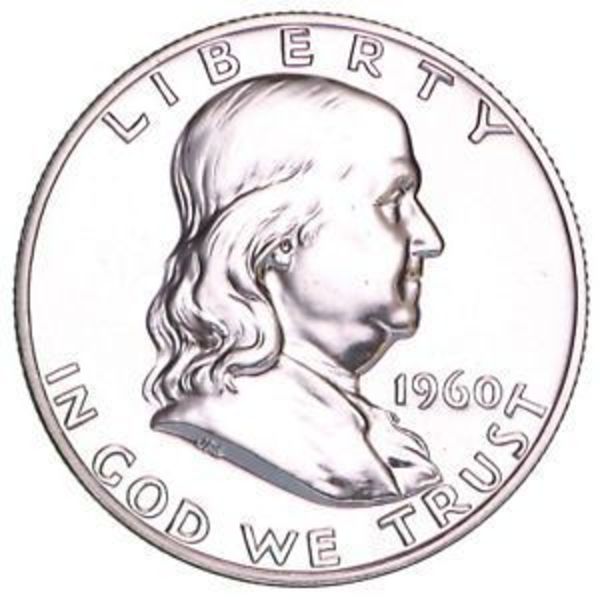
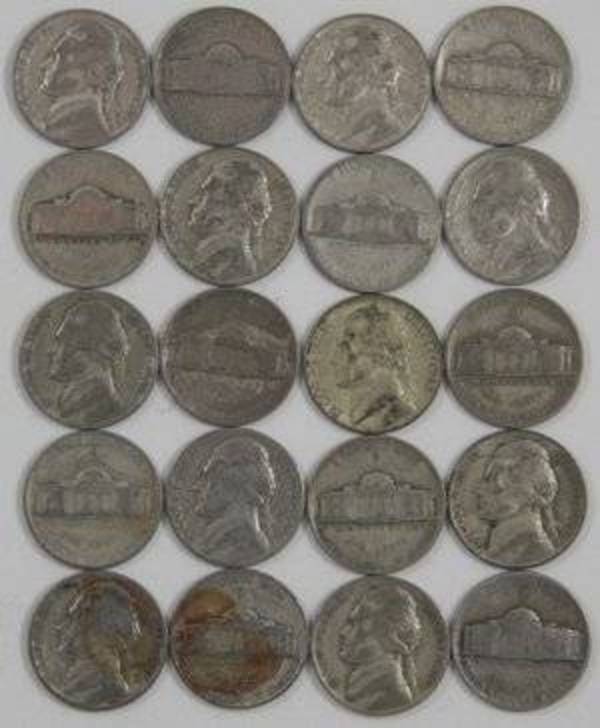
.jpg)
.jpg)
